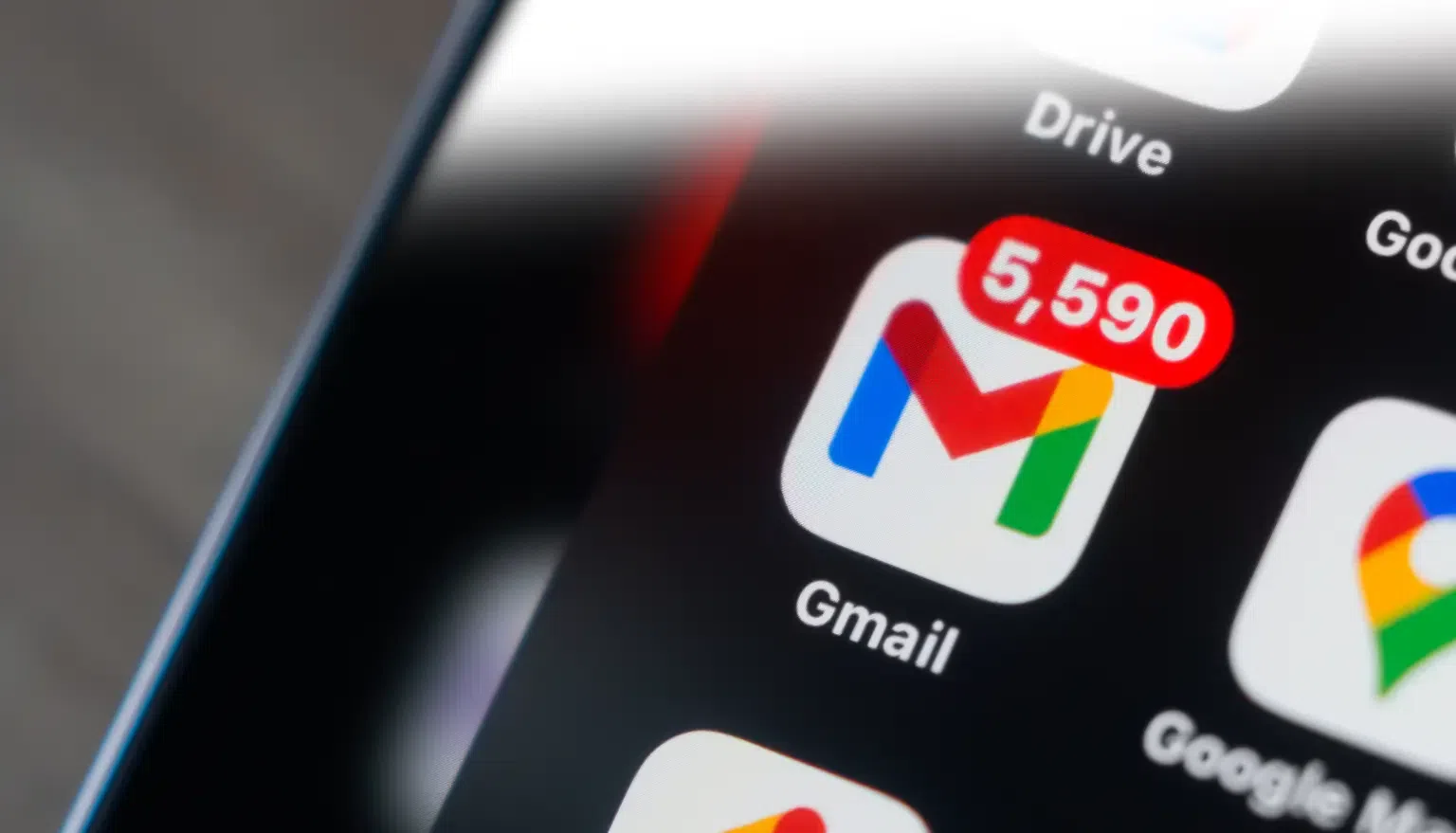A major cybersecurity breach has rocked the digital landscape, with more than 183 million email passwords — including tens of millions linked to Gmail accounts — exposed in one of the largest credential leaks ever recorded.
According to Troy Hunt, the Australian cybersecurity researcher and founder of Have I Been Pwned, the enormous dataset surfaced online this month, containing roughly 3.5 terabytes of stolen data compiled from malware networks and underground hacker forums.
This data originated from a year-long sweep of infostealer platforms,” Hunt explained in a blog post. “These are malware systems that silently collect usernames, passwords, and website addresses from infected devices. Someone logging into Gmail ends up with their email address and password captured against gmail.com.
The dataset reportedly contains 183 million unique accounts, with 16.4 million of those never before seen in any previous data breach.
MUST READ: Saudi Arabia unveil plans for ‘sky stadium’ ahead of 2034 FIFA World Cup
How the Breach Happened
The stolen data, according to Hunt, came from “stealer logs” and “credential stuffing lists”.
-
Stealer logs record information directly from infected devices.
-
Credential stuffing lists are compilations of stolen username-password pairs used by hackers to test access across multiple platforms.
The data, collected by Synthient, a cybersecurity research firm, originated from criminal marketplaces and underground Telegram channels where hackers share or sell compromised login details.
READ ALSO: Russia bids to replace Italy as Euro 2032 host despite football ban
Infostealer malware has reached a scale most people can’t imagine
said Benjamin Brundage, an analyst at Synthient.
Much of this data is recycled from older leaks, but millions of newly compromised Gmail accounts were verified as still active.
The leak reportedly includes credentials for Gmail, Outlook, Yahoo, and hundreds of other online services. It was first detected in April 2025 and made public last week after being analysed by multiple cybersecurity experts.
What Google Said
Despite the alarming headlines, Google clarified that there was no direct breach of Gmail’s systems.
READ MORE: Edem Agbana: Players who rejected Ghana call-ups should not go to the World Cup
Reports of a Gmail security ‘breach’ impacting millions of users are entirely inaccurate,” a Google spokesperson told The Washington Post. “The stolen credentials were obtained through malware on users’ devices — not from any compromise of our servers.
Google reiterated its commitment to user safety, noting that its systems automatically prompt users to change passwords when large-scale dumps of compromised credentials are detected.
Why This Leak Matters
Cybersecurity analysts say this breach is a stark reminder of the dangers of password reuse. Many victims reportedly used the same login credentials across multiple sites, from social media to online banking. This makes it easy for hackers to perform credential stuffing – an automated attack where stolen passwords are tested across multiple platforms.
According to Hunt,
These massive dumps show how credentials can circulate online for years, giving criminals ongoing opportunities to exploit reused passwords.
The breach’s impact extends well beyond email accounts. Once hackers gain access to a user’s email, they can often reset passwords for other linked services, including financial platforms, cloud storage, and social media.
READ MORE: 371 Referees Caught in Betting Scandal: Turkish Football faces massive match-fixing probe
What Users Should Do
Experts are urging affected users to take immediate steps to protect themselves.
-
Check if you’ve been affected: Visit HaveIBeenPwned.com and enter your email address to see if it appears in the latest breach.
Change passwords immediately: If your credentials are flagged, reset your passwords on all affected platforms — especially for Gmail and any accounts that reuse the same password.
Enable two-factor authentication (2FA): Adding a verification step makes it significantly harder for hackers to access your accounts even if they have your password.
Avoid password reuse: Use different passwords for each account.
Use a password manager: Store complex, unique passwords securely in a trusted password manager rather than your browser, which malware can easily access.
Cybersecurity expert Graham Cluley advised in an interview with the Daily Mail
Always use unique passwords for different online accounts and store them in an encrypted password manager. Browser-saved passwords are particularly vulnerable to infostealer malware.
Google’s Built-In Protections
Google also offers several built-in tools to help users protect their accounts. The Password Manager Checkup tool in Chrome automatically scans saved logins and alerts users to weak, reused, or compromised passwords.
Additionally, Google said it has systems that detect large credential dumps and can automatically trigger password reset prompts for at-risk users.
How These Attacks Happen
Cybersecurity researchers note that many of the compromised credentials came from phishing scams, fake software downloads, and malicious browser extensions. Once installed, these programs silently harvest login data and send it to remote servers operated by cybercriminals.
Victims often remain unaware that their systems have been infected until their data appears in leaks like this one.
Brundage added,
Most people don’t realise that infostealer malware doesn’t just target high-profile individuals
It’s automated — anyone using a compromised site or downloading an infected app could have their credentials stolen.
READ THIS: GPL: Worried Hearts of Oak fans clash with Benjamin Asare after draw with Gold Stars [Video]
The Broader Cybersecurity Landscape in 2025
This breach adds to a growing wave of massive data leaks in 2025. Cybersecurity firm Kaspersky recently reported a 40% increase in infostealer activity compared to the previous year, driven by the proliferation of AI-powered malware capable of bypassing traditional antivirus defences.
Discover more from Ghana Scoop
Subscribe to get the latest posts sent to your email.


